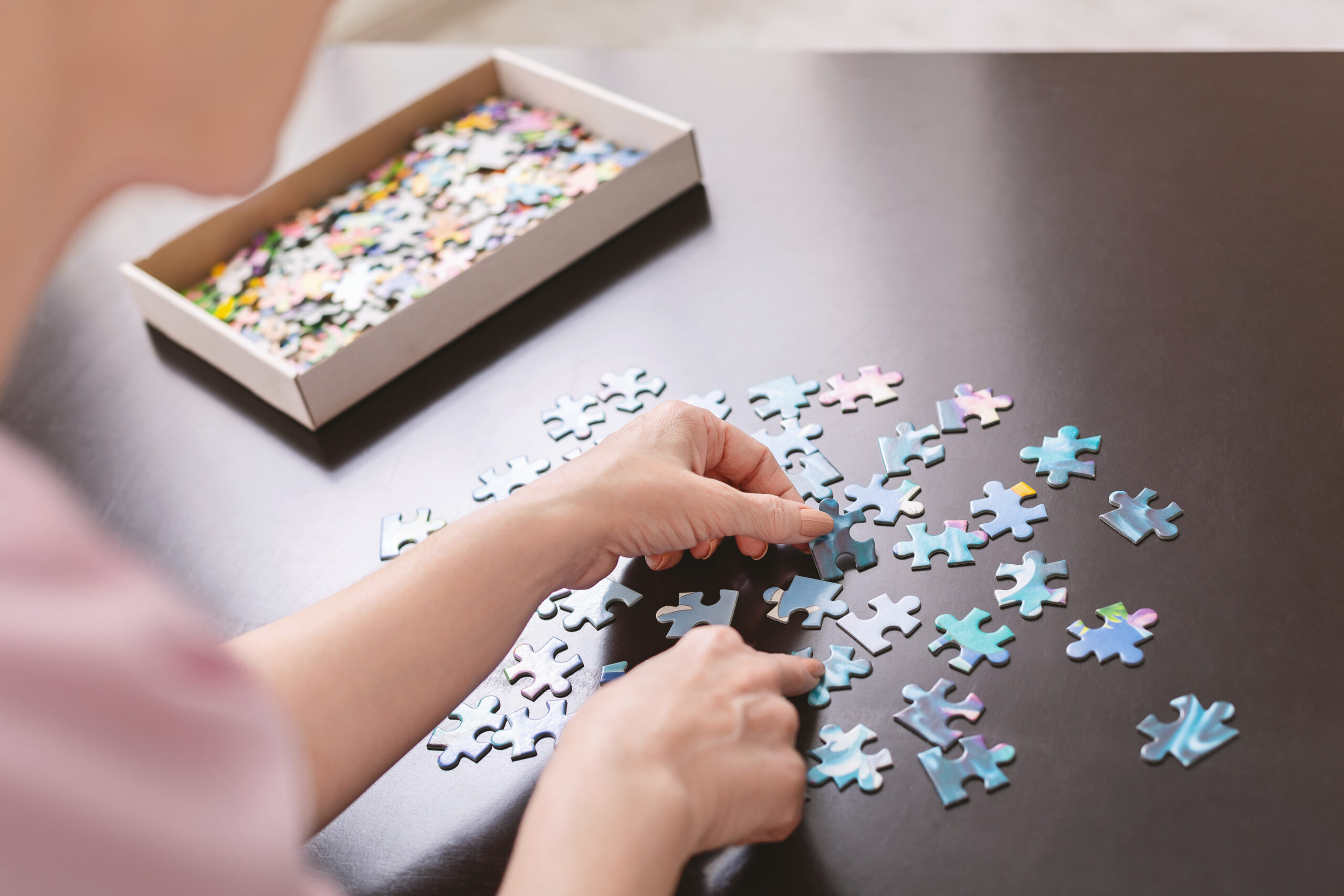The Benefits of Reminiscence Boxes in Triggering Memories
Reminiscence boxes are a powerful tool used to trigger memories and stimulate conversation, particularly among older adults and those with dementia. These boxes contain a variety of items from past decades, such as vintage kitchen utensils, clothing fabrics, and period-specific advertisements. By engaging with these familiar objects, individuals can recall memories from their past, enhancing their emotional well-being and cognitive function.
One of the primary benefits of reminiscence boxes is their ability to evoke emotional responses. Sharing memories can improve mood, provide a sense of accomplishment, and reinforce personal identity. This emotional connection is crucial for individuals who may struggle with feelings of isolation or disconnection from their past.
Reminiscence boxes also offer cognitive stimulation by encouraging the use of memory and communication skills. Engaging with the items in the box can help individuals recall specific events or experiences, which can be beneficial for cognitive health. Moreover, the sensory stimulation provided by these boxes—through touch, smell, and sight—can aid in memory recall and cognitive engagement.
In addition to their emotional and cognitive benefits, reminiscence boxes facilitate social interaction. They provide opportunities for meaningful conversations and connections, reducing feelings of loneliness among participants. Whether used in care homes, day centers, or family settings, these boxes are versatile tools that support both group activities and one-on-one sessions.
For caregivers and family members, reminiscence boxes offer a tangible way to connect with loved ones who may be experiencing memory loss. By exploring these boxes together, they can share in the joy of reminiscing and create new moments of connection. This shared experience can strengthen relationships and provide comfort during times of confusion or distress.
In summary, reminiscence boxes are a valuable resource for triggering memories and enhancing emotional and cognitive well-being. They offer a unique way to engage with the past, fostering meaningful conversations and connections that can improve quality of life for individuals and their families.





